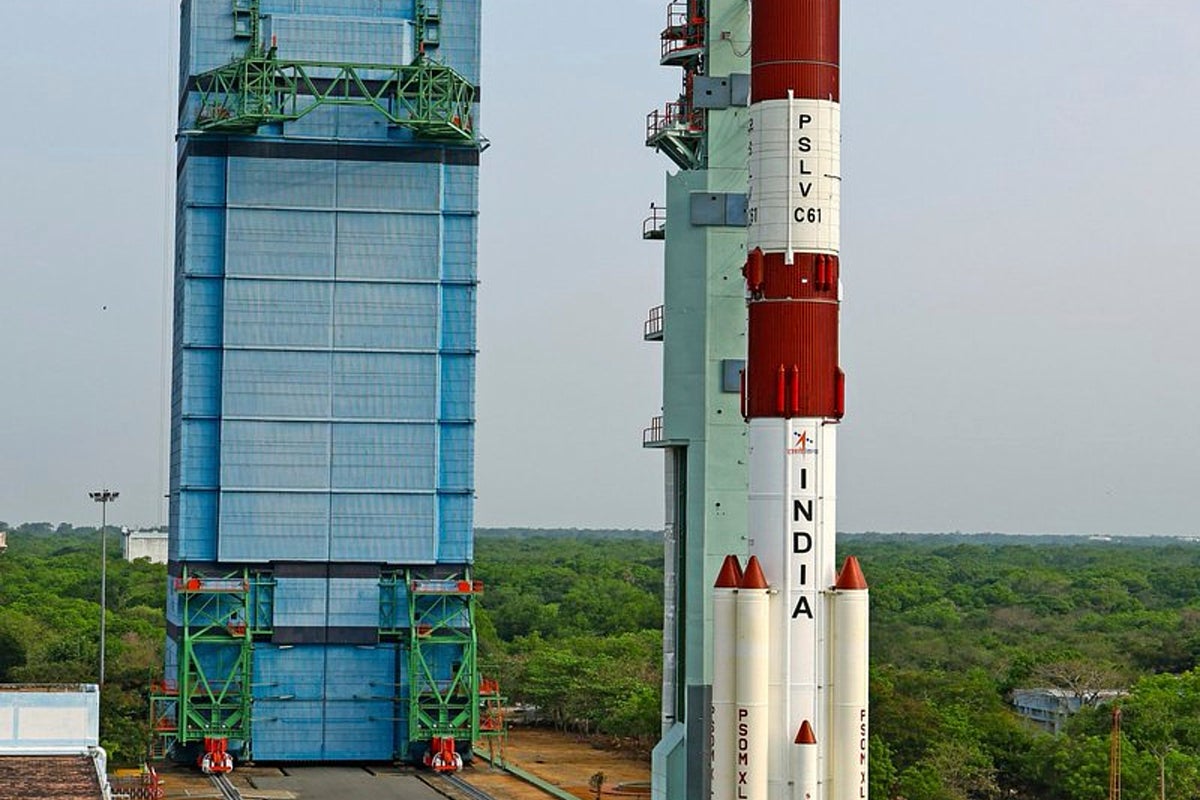How Much Space Is Needed for a Grocery Store Franchise?
Curious about space requirements for a grocery store franchise? Learn how to plan the right store size based on brand, location, and business goals.

Since the Indian market is witnessing consumer demand, organized retail is a growing space with the potential for growth.
Aspiring entrepreneurs are drawn more and more to the idea of starting a grocery store franchise.
From individual traders to professionals seeking to stabilize their income, many are considering franchise to capitalize on brand goodwill, a tested business model, and operational support.
Yet one common question is raised very early in the planning phase: How big does one have to be to get a grocery store franchise going and profitable?
This warrants more than just a logistical consideration-the issue is strategic.
A store's size determines what the establishment can present to consumers in terms of offerings, how smoothly it can run its operations, and ultimately, how well it can profit.
While there are variations to this question depending on many factors, there are some basic insights that could steer your decision.
Understanding Space Requirements Beyond Square Feet
Grocery store franchise are labelled as successful if the square footage alone can define them: 500 square feet, 1000 square feet, or 2000 square feet.
It is about the use of the space. Every inch ought to have a purpose, be it shelving for fast-moving products cold storage for perishables or checkouts that will not be bottlenecks at peak hours.
In metro cities, a franchise outlet ought to function well within 800-1000 square feet, serving walk-in customers looking for daily essentials.
On the other hand, stores in semi-urban or suburban areas would require bigger spaces; they range between 1500 and 3000 square feet and are sometimes even larger because they act as one-stop centres for a wide customer base with very few options nearby.
What Type of Grocery Store Franchise Are You Launching?
The format of your chosen grocery franchise plays a crucial role in the desirability for space.
A micro or mini-mart model, prevalent in residential societies or small towns, might be only of 300-500 square feet.
These stores typically sell fast-moving essentials- milk, bread, rice, oils, basic toiletries- for daily use.
Larger supermarket types find it pretty difficult their requirements for a lot of space because of the varieties they offer.
If you are going to stock all kinds of brands, fresh produce, frozen foods, and import items, you shall need a good stock of shelving, refrigeration, and back-end storage to look after that inventory.
Full-scale supermarkets, such as those of BigDeal Supermart or Reliance Smart, may span 2500-5000 square feet and even beyond depending on expected footfall and product range.
Beyond the Storefront: Hidden Space Costs
A lot of potential franchisees never gave the importance of non-customer-facing space that a store demands.
Every grocery store franchise, big or small, needs a backend for operations.
They include storage rooms, refrigeration for perishable items, an area for staff, or a billing counter for an office, and on some occasions, even an area to prepare deliveries.
Ideally, about 20–25% of your total store area is assigned to backend operations. If not considered, you face cluttered shelves, poor inventory rotation, and dwindling efficiency.
In addition, these days' retail experience has an increasingly strong digital layer involved—billing solutions, online order integration, a security monitoring system, and allies require equipment space, plus uninterrupted connectivity when it comes to the rest.
Each one may not constitute much of an area by itself, but from day one, you have to factor them into your layout planning.
Why Space Optimization Is More Important Than Size
While one usually thinks about required space, one would argue that it is more important to consider the usage of that space.
A smaller, well-organized store might outperform a sprawling store if it has the right mix of products and a good customer experience.
Franchise brands offer their franchisees store layout templates and shelving plans to avoid common mistakes such as incorrect aisle placement or poor checkout design.
Space planning will go a long way if done as a walkthrough with your franchise provider.
Most established grocery store franchise brands support and assist you in selecting and optimizing a space.
Their experience will take into consideration ventilation, electrical requirements, and the flow of foot traffic, all things that a first-time entrepreneur might not consider.
Suggested Link: What is the Best Grocery Store Franchise in India?
Conclusion
The burden probably lies with the question of how much space you need for a grocery store franchise since the right space has to do with your location, brand, target market, and growth strategy.
However, the thoughtful approach to striking a balance between the customer experience, product variety, and operational flow can help make a little space immensely profitable.
Starting with 500 square feet or 3000 square feet, the most important thing is wise planning, proper execution, and staying consistent with service.
This is how grocery store franchise in India have been fostering community-based businesses from whatever space they have, big or small.
























































































